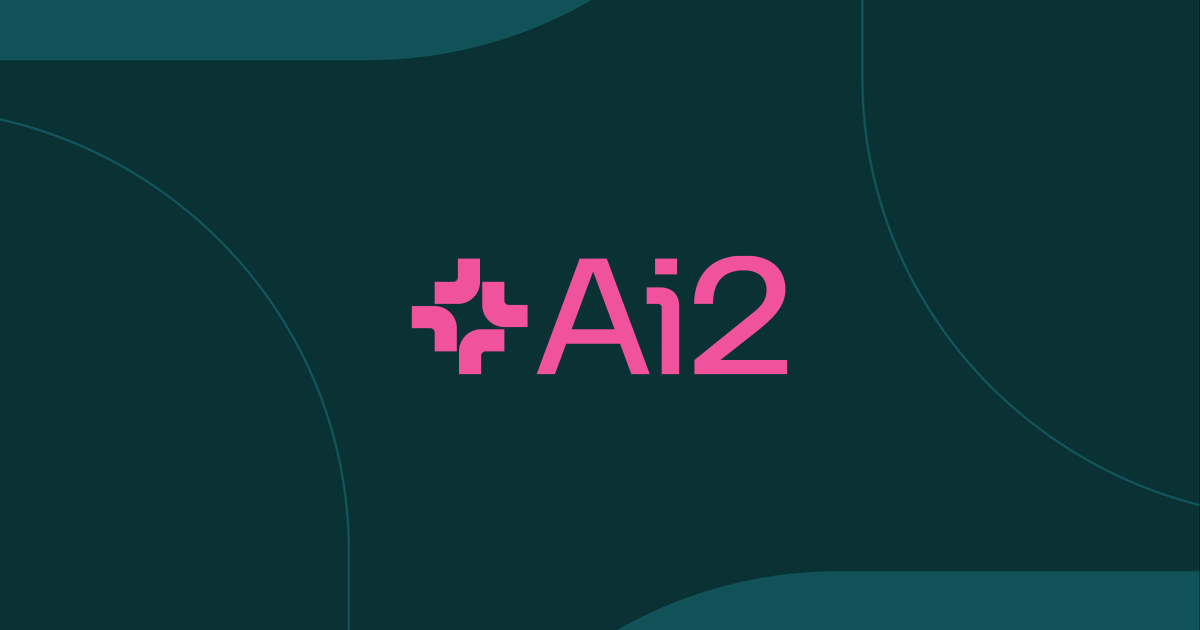The Allen Institute for AI (AI2) released a suite of new language models designed to compete directly with Meta’s popular Llama 2. These models, dubbed OLMo (Open Language Model), offer comparable performance to Llama 2 while boasting a more permissive license, making them attractive for both research and commercial applications.
Unlike Llama 2, which restricts commercial use for companies with over 700 million monthly active users, OLMo avoids such limitations. This open approach fosters broader accessibility and encourages wider adoption across various industries. AI2 emphasizes the importance of open-source development in the AI landscape, promoting transparency and community-driven improvement.
OLMo come in 2 versions: 7 billion and 13 billion parameters, catering to different computational resources and performance needs. Initial benchmarks show OLMo achieving performance on par with Llama 2 across several standard language tasks, including common sense reasoning, question answering, and reading comprehension. While some metrics reveal slight advantages for Llama 2, the overall competitive performance combined with the permissive license makes OLMo a compelling alternative.
AI2 trained OLMo on a massive dataset of text and code, totaling an impressive 5 trillion tokens. Furthermore, the institute utilized a unique training technique incorporating reinforcement learning from human feedback (RLHF), aligning the models more closely with human preferences and reducing instances of undesirable outputs. This focus on responsible development aligns with AI2’s broader mission of ensuring AI benefits humanity.
The release of OLMo signifies increased competition in the open-source LLM arena. This rivalry benefits developers and researchers by offering more choices and driving innovation. By providing a powerful yet permissively licensed alternative to Llama 2, AI2’s OLMo contributes significantly to the democratization of powerful language models, empowering a wider range of users to explore and leverage the potential of AI. The impact of this release on the future trajectory of open-source AI development remains to be seen, but it undoubtedly marks a significant step forward.


Leave a Reply